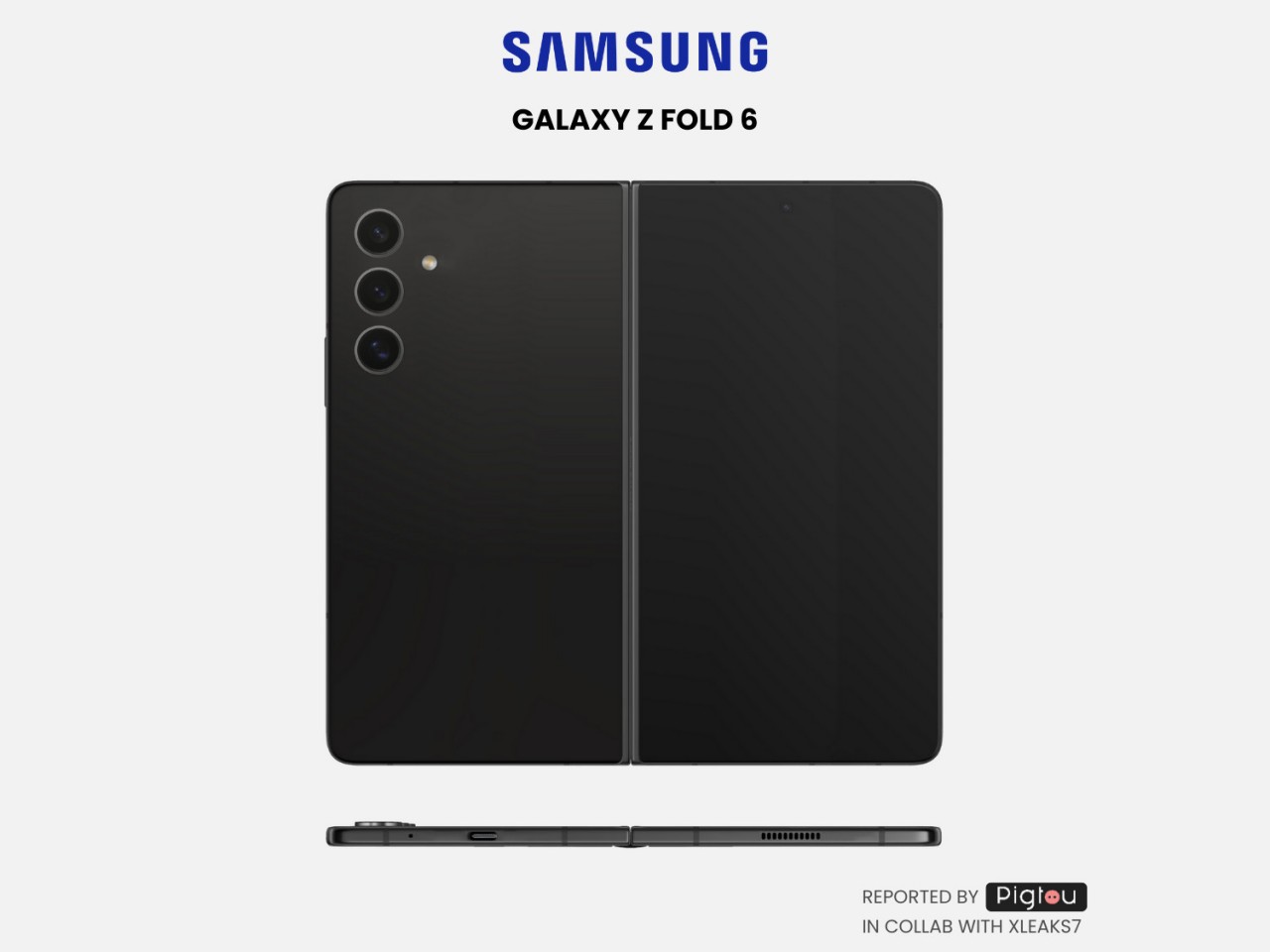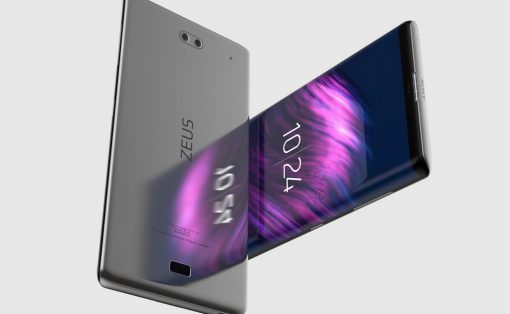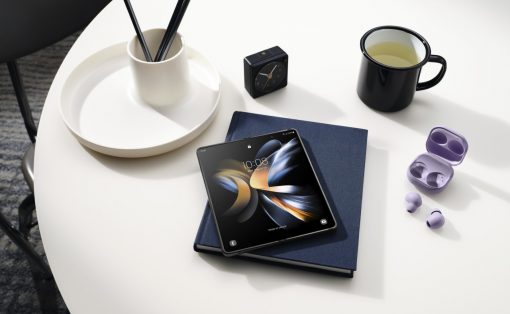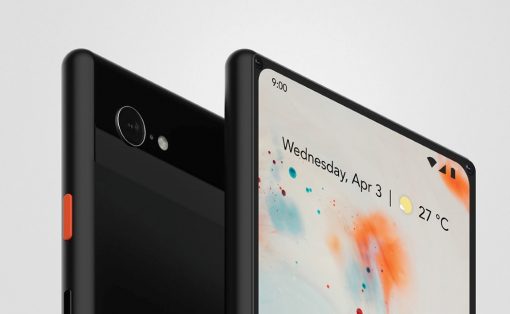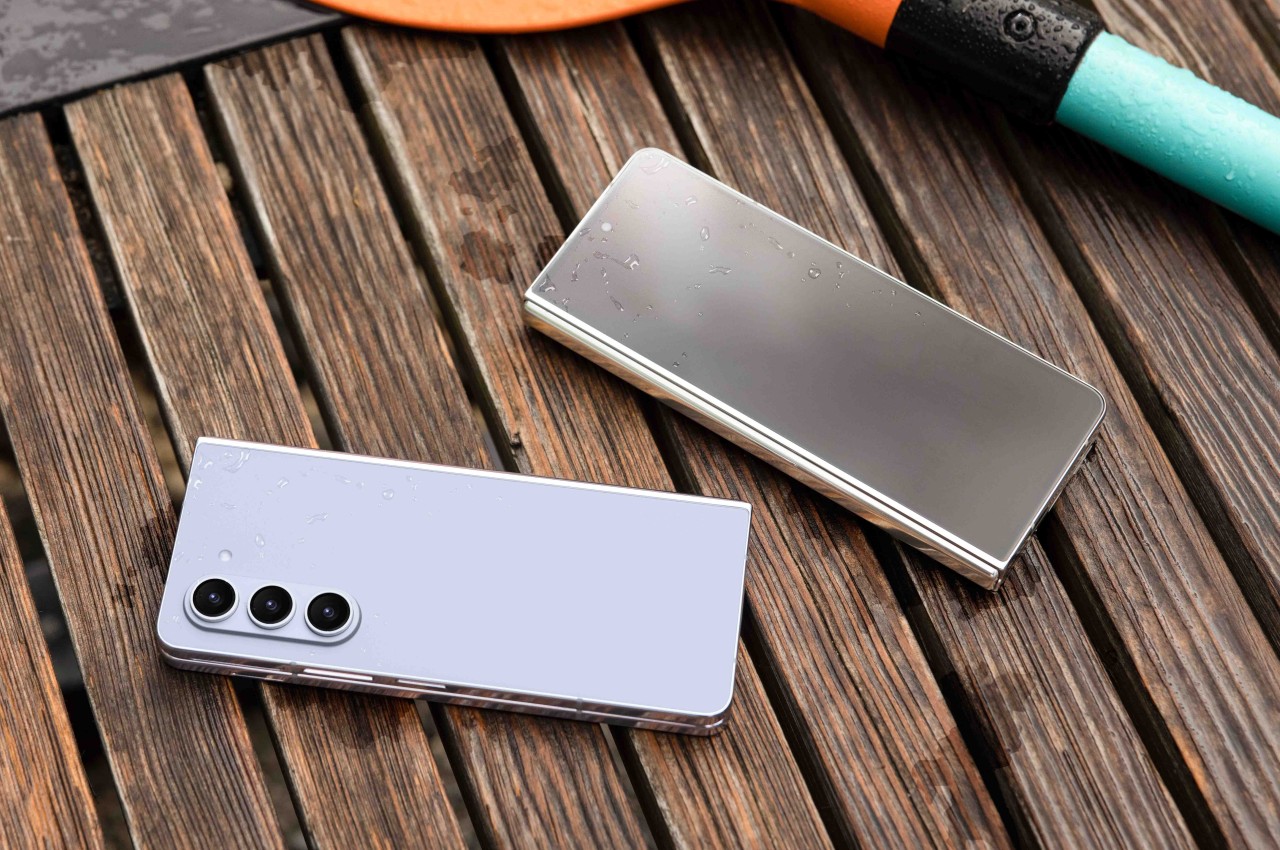
Samsung might be one of the pioneers of the whole foldable phone craze, but the disadvantage of being the first is that you risk getting things wrong the first time around. In contrast, hindsight is 20/20, as they say, and many of its competitors have used that advantage to catch up and even overtake Samsung at its own game. Of course, the tech giant isn’t content to just sit around while others outrun it, and it has been catching up with “innovations” like a hinge that lets the phone fold flat. Now it seems that Samsung will be catching up in another aspect, with a Galaxy Z Fold that’s a little bit wider when folded and, therefore, easier to use as a regular phone.
Designer: Samsung (via Pigtou and David Kowalski/xleaks7)
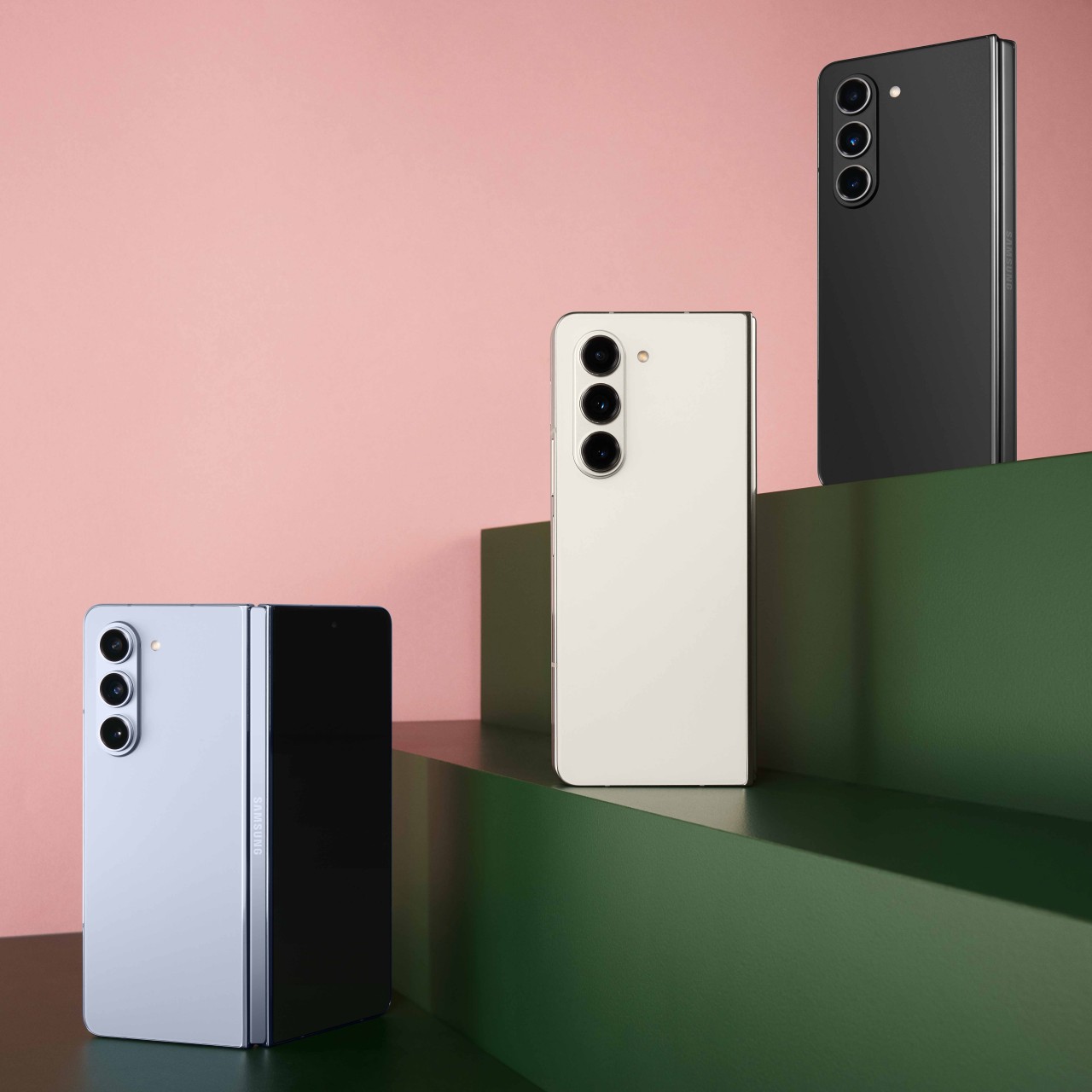
To be fair, Samsung was sailing on uncharted waters, so it was bound to miss a few marks. For its inaugural foldable phone, Samsung aimed for a tablet that was like a mini iPad mini or, closer to home, a smaller Galaxy Tab A, which meant it adopted a vertical or portrait format when unfolded. That meant it would have an extremely narrow phone when folded, which was heavily criticized for being awkward to hold and nearly unusable as a regular “candy bar” smartphone.
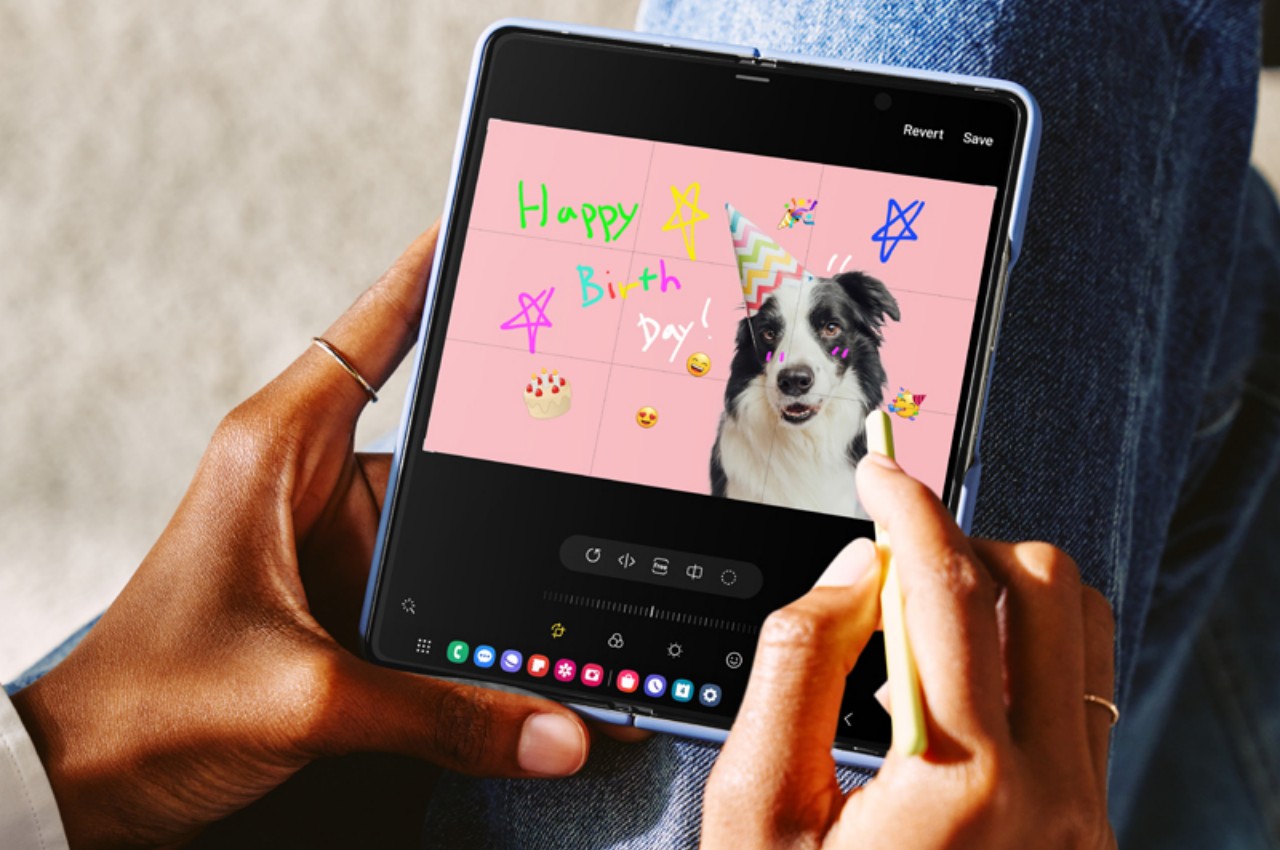
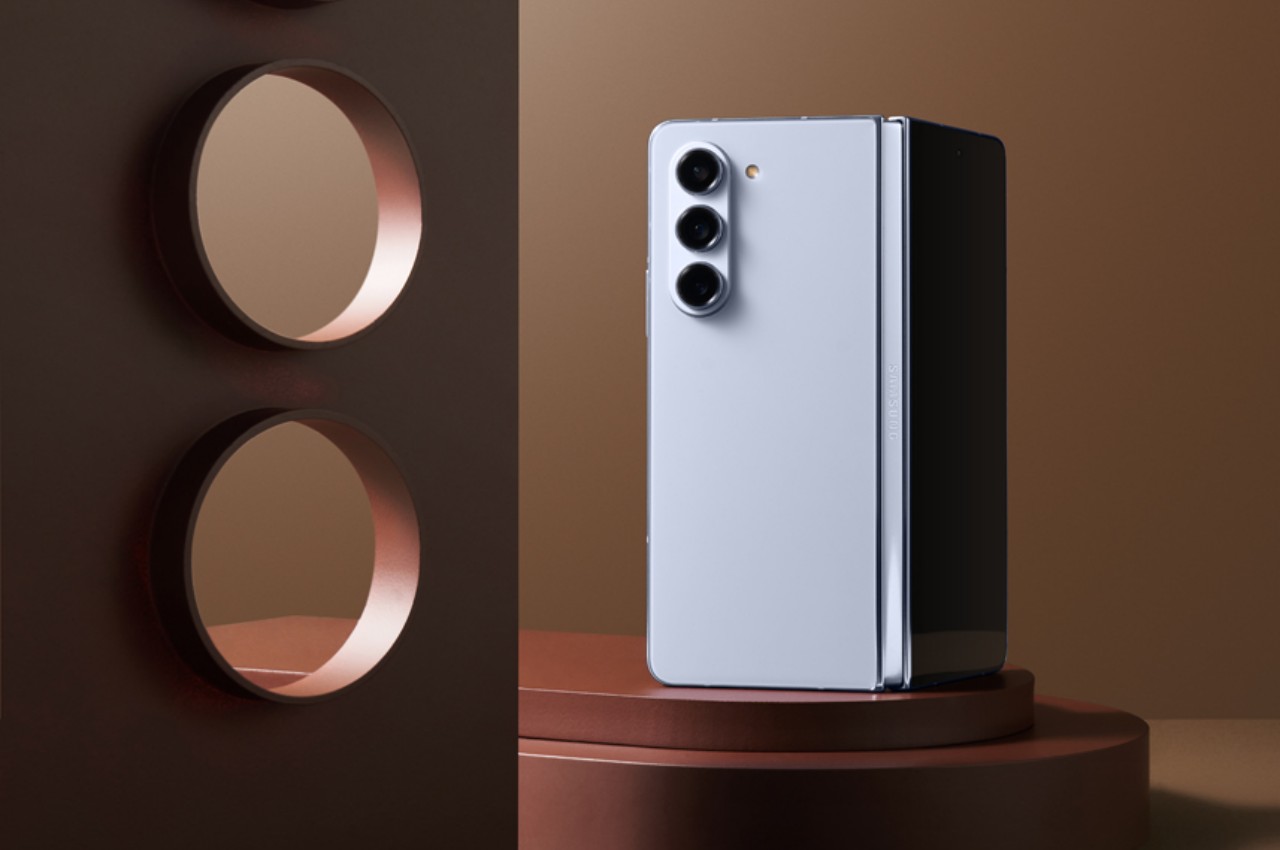
In contrast, foldable phones like the OPPO Find N and the Google Pixel Fold aimed for a more “traditional” horizontal or landscape tablet design, which had a few direct benefits in terms of consuming content like videos or even books. More importantly, however, it also meant that the folded form of the phone more closely resembles regular smartphones with a wider and sometimes shorter design. In over five generations, Samsung has never changed its design on that front, but that might not be the case with the Galaxy Z Fold 6 or later models.
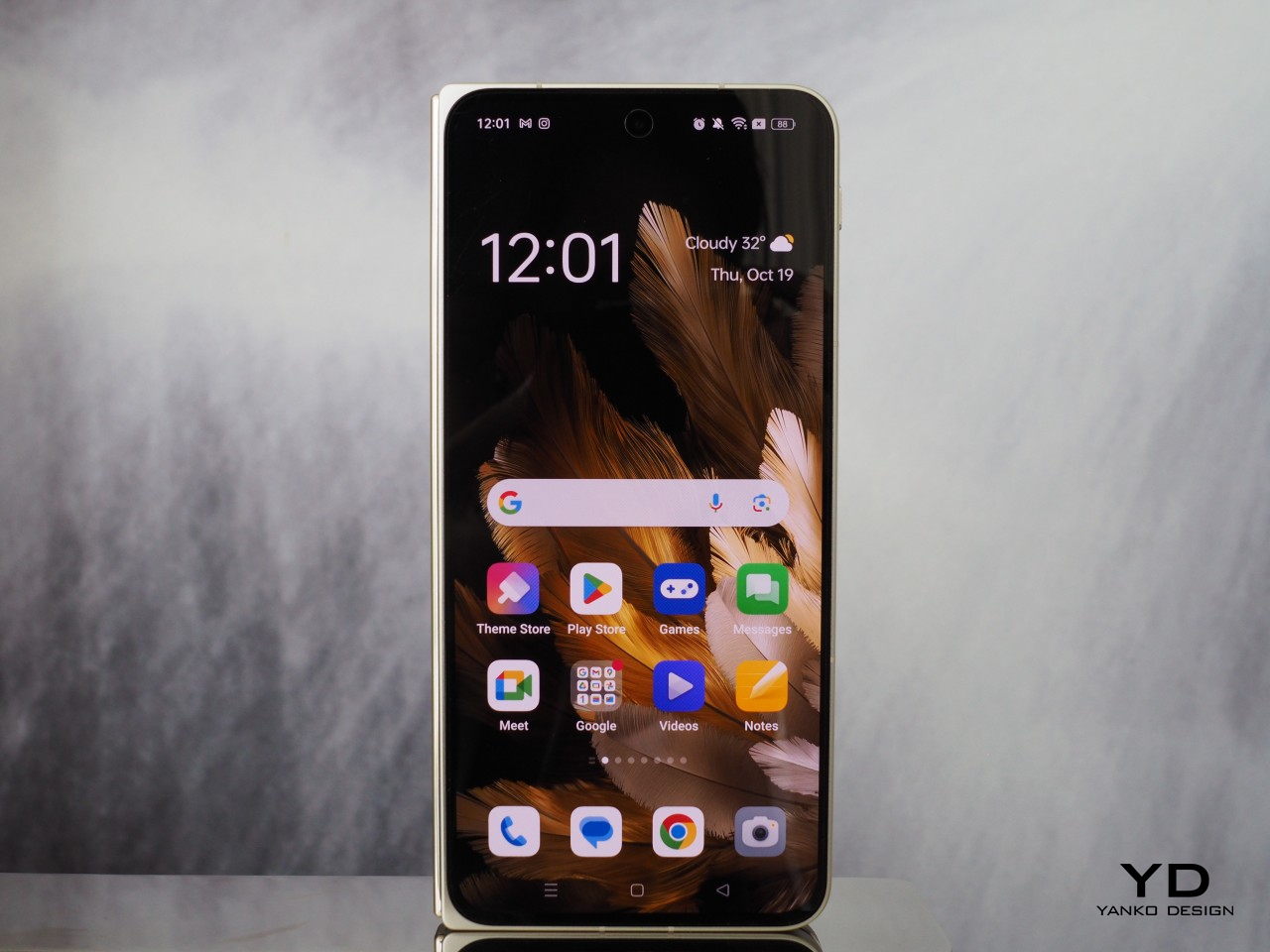
OPPO Find N3
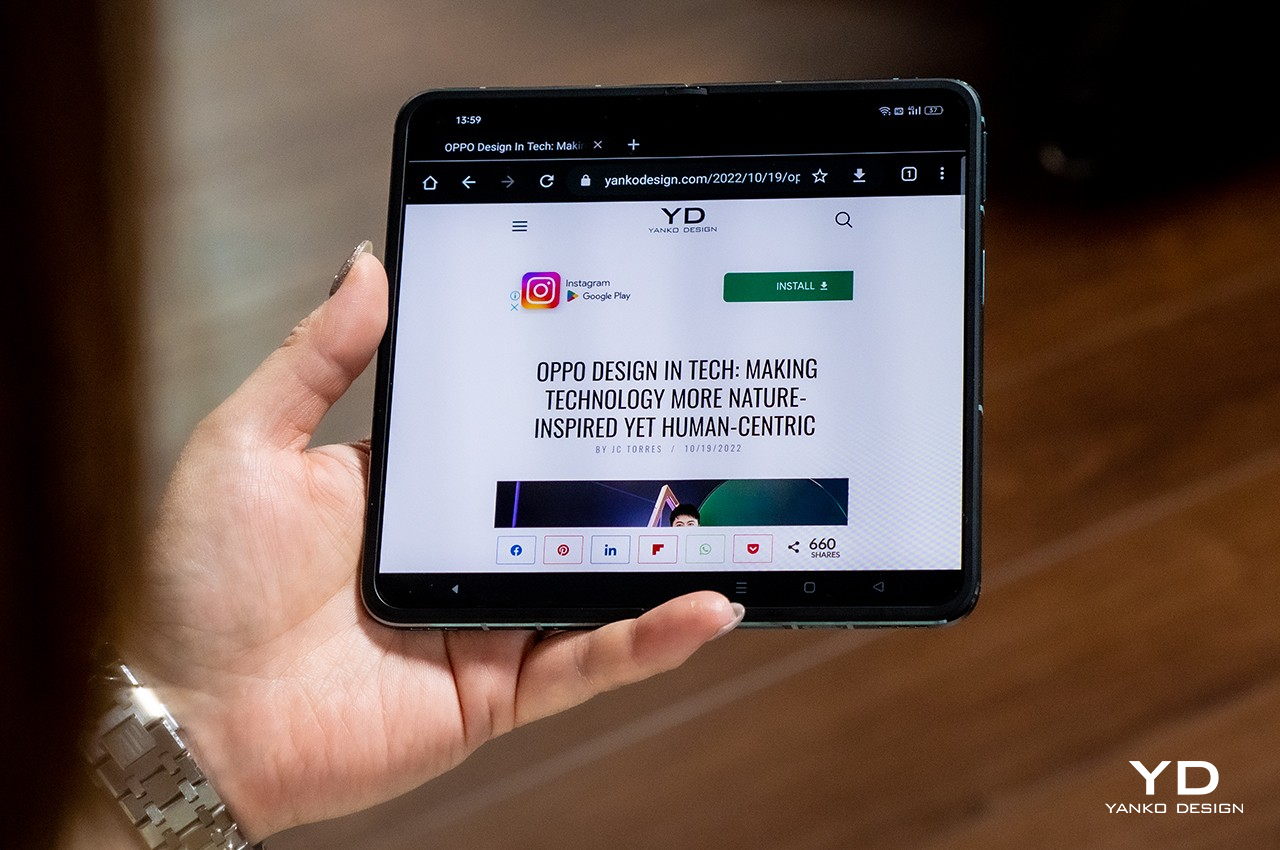
OPPO Find N2
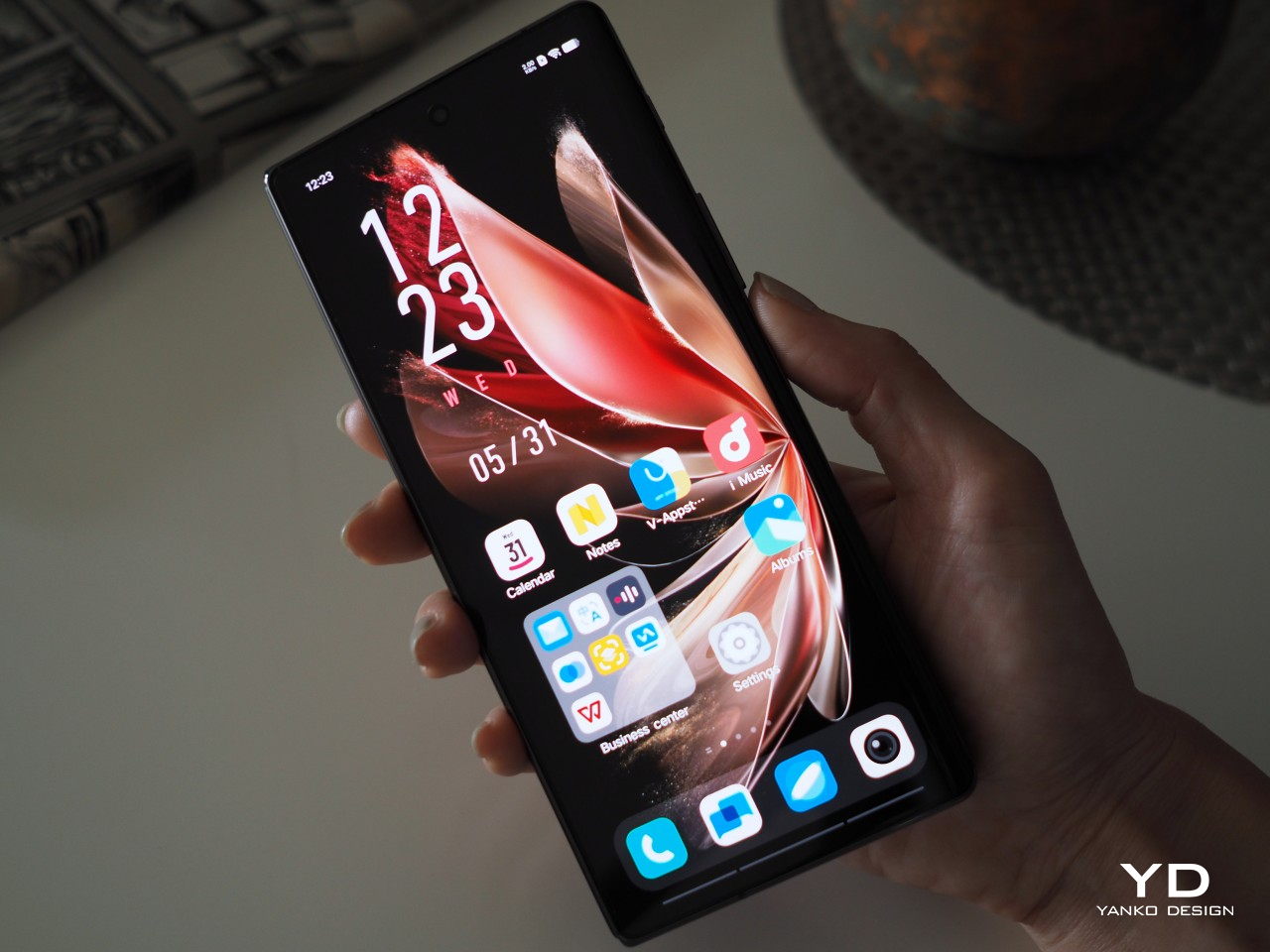
Vivo X Fold 2
Google Pixel Fold
A recent patent filed by Samsung reveals a foldable design that is significantly different from its status quo in more ways than one. First, it is noticeably wider when folded, giving it a shape that will feel more natural to use compared to the recent crop of Galaxy Z Fold models. Additionally, it’s also significantly thinner, both folded and opened, which would go a long way in increasing the usability of an otherwise heavy and bulky device. In other words, it would be the foldable that Samsung should have launched in the first place if it had the benefit of hindsight five years ago.
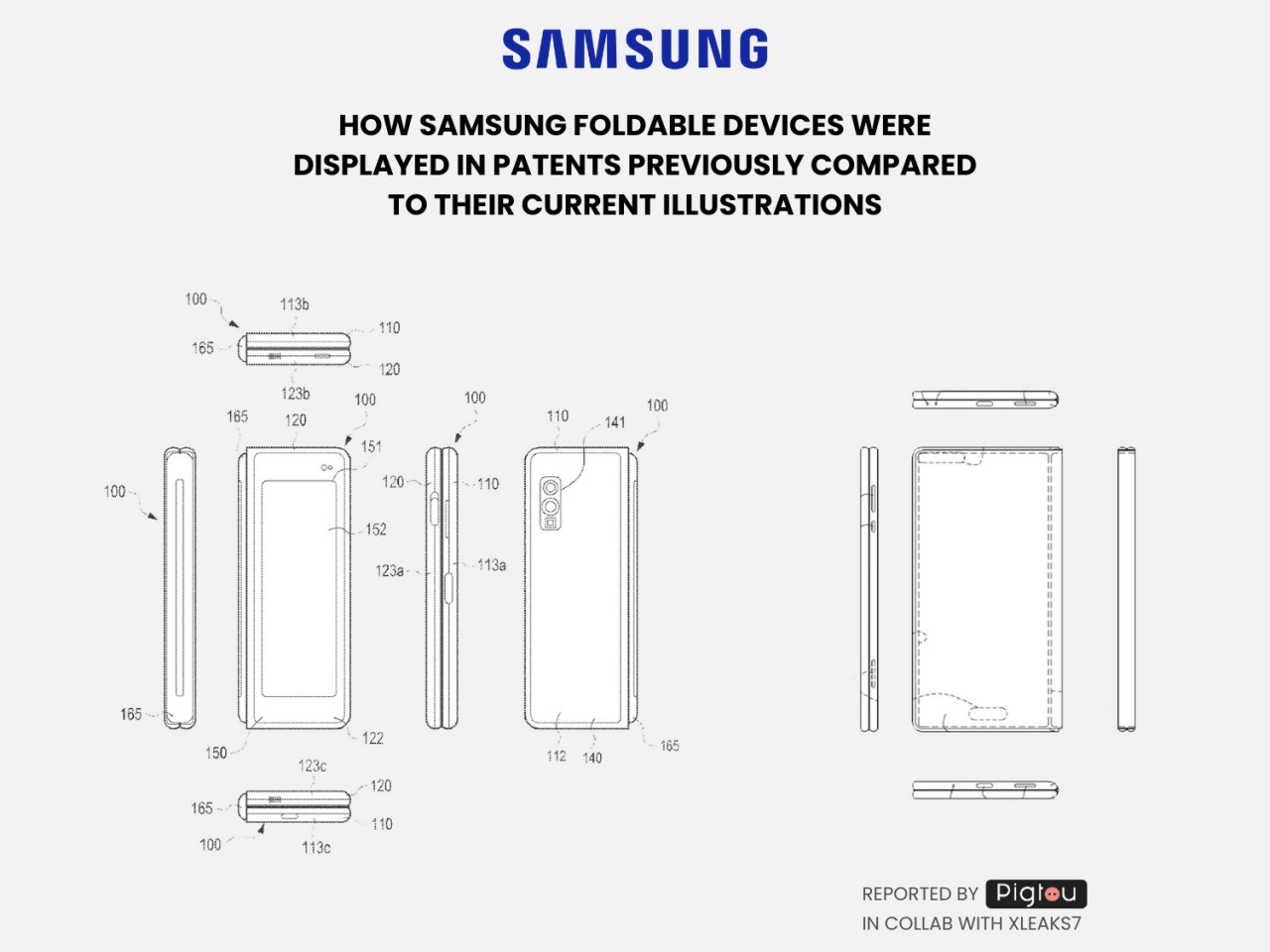
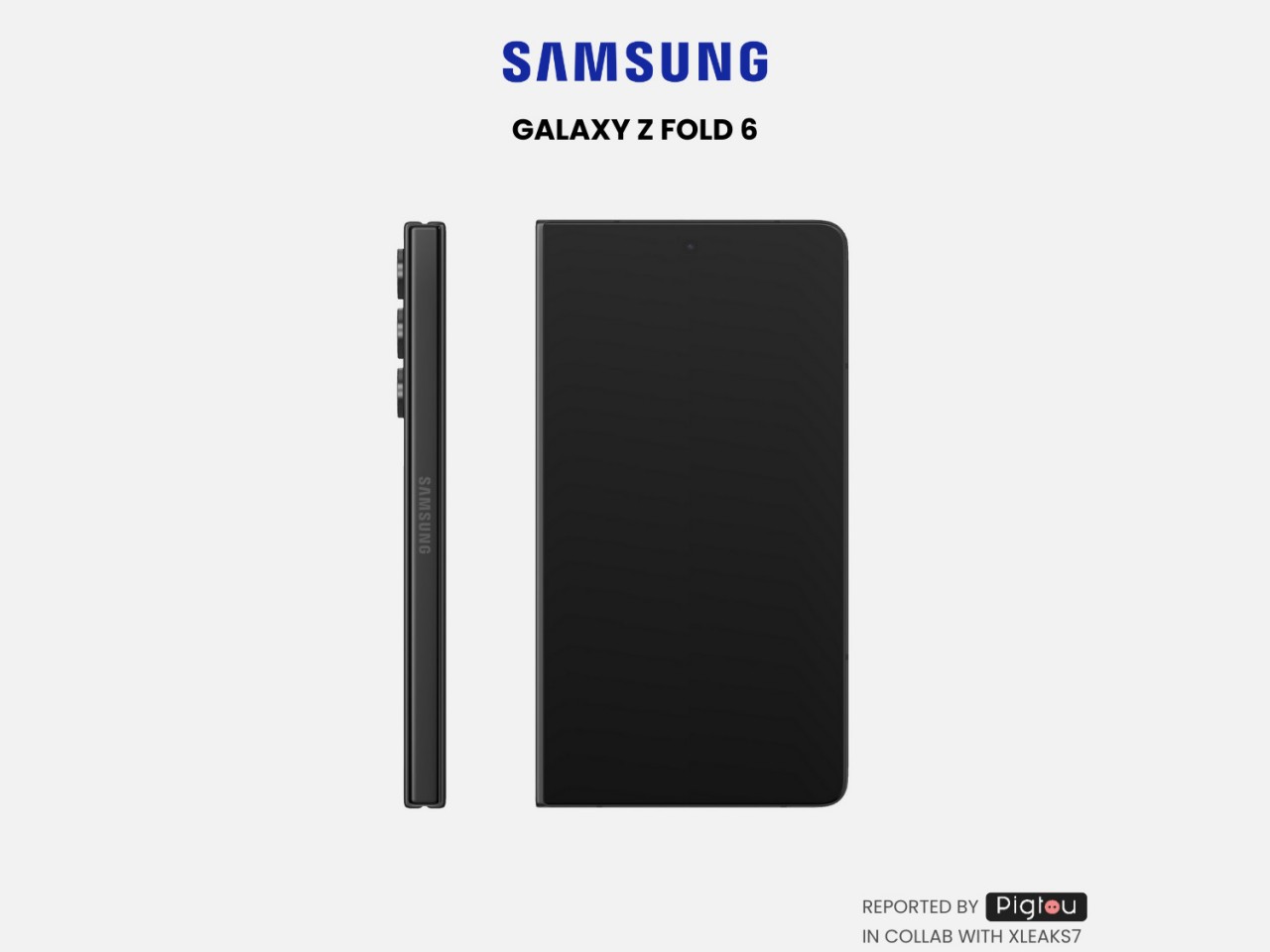
Of course, a patent doesn’t immediately mean it will be implemented, whether in the Galaxy Z Fold 6 or future incarnations. It is at least proof that Samsung is aware of the shortcomings of its current design and is taking steps to correct its course. It would definitely be grand if it could launch such a sleek foldable this year, but such a thin design would also go against calls for bigger batteries or a built-in S Pen. For now, other brands still have an advantage over Samsung in some aspects, including and especially the price of such a premium piece of technology.
